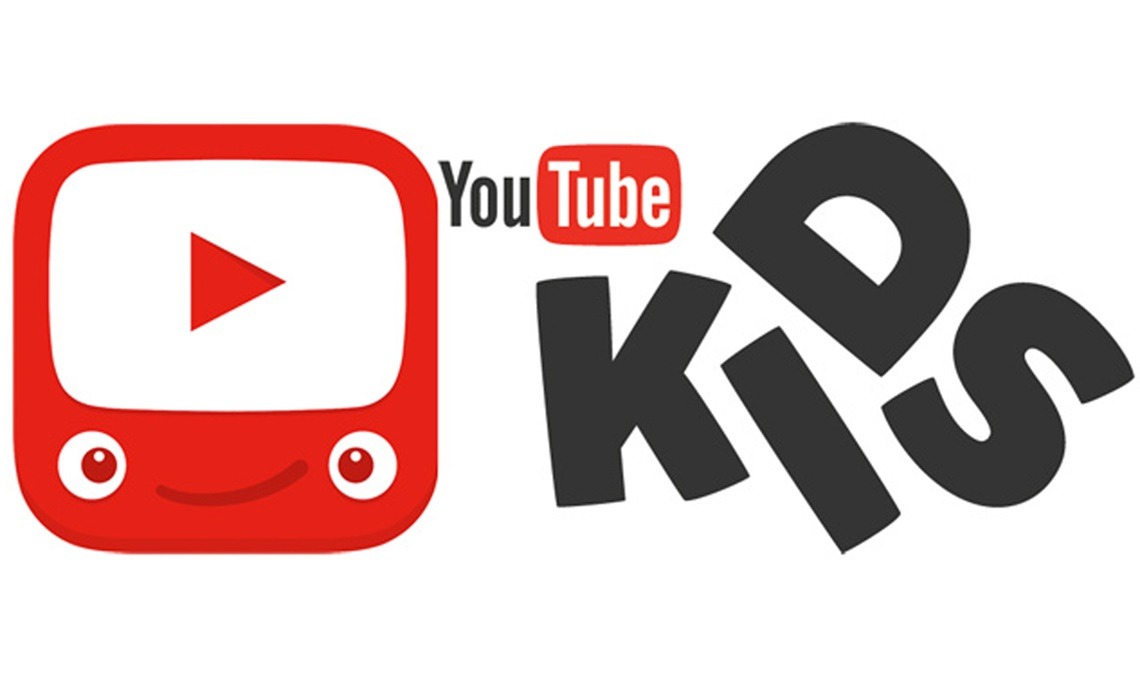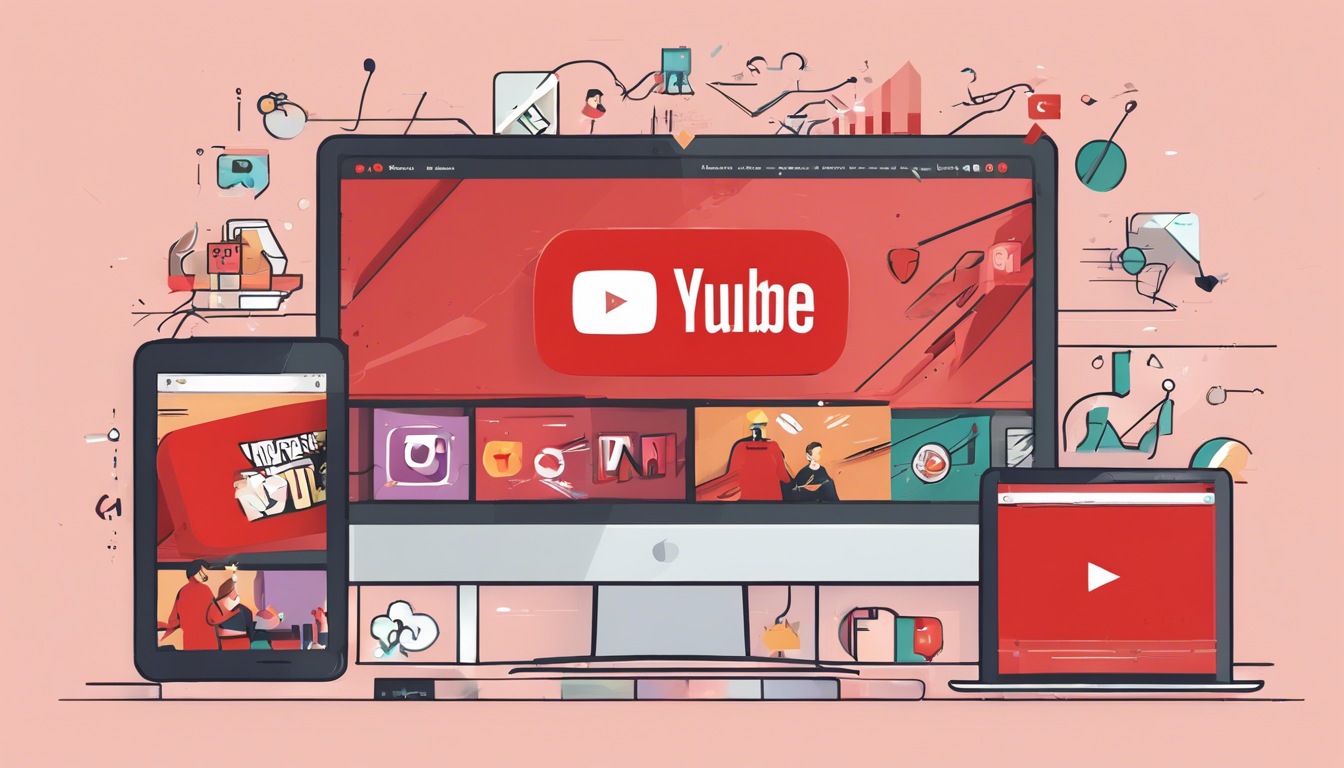Email copywriting comprises of all the content in a marketing email, from subject lines and preview text to the content inside the mail. An email copywriter is responsible for creating this copy for companies with the goal of engaging and converting both current and potential consumers.
There really isn’t much difference between general copywriting and that of email copywriting, if we take out the formatting from what email copywriting is about. In all circumstances, it is the copywriter’s responsibility to craft persuasive copy that captivates an audience and, ideally, pushes them to act.
Why Email Copywriting is important
Why is email copywriting important for business? You may ask, well this is because it helps businesses to establish the right connections with their customers or prospects. This is so as increase engagement, and ultimately drive sales. Drafting the perfect email copy can increase open rates, click-through rates, and conversions, leading to more revenue for the business.
The success of email copywriting can be measured through metrics such as open rates, click-through rates, conversion rates, unsubscribe rates, and revenue generated. By analyzing these metrics, businesses can determine the effectiveness of their email campaigns and make improvements to optimize their results.
Let’s take a look at the three components of an effective email copy.
3 Key Components of an Effective Email Copy
All compelling email copies should share these three key components:
- The subject line: This is your initial point of contact with the receiver and has a significant impact on your email open rate. According to research, 47% of recipients read emails based just on the subject line.
- The Email Body: The email body contains the majority of your message. It may convey a tale, offer information about your product or service, provide social proof, or provide useful information.
- Call to action: This advises the reader on the next step of action after reading the email content. Such action could range from signing up for your webinar or download a report. According to one research, a single, unambiguous CTA in your sales email may improve sales by 1617%.
Types of Email Marketing Campaigns
Let’s take a look at the types of Email Marketing Campaigns we have;
Newsletters
Newsletters are a great way to keep your customers engaged with your brand. Newsletters usually consist of an introduction, a description, and links with images to provide customers with information about new products or services, industry news, important announcements, or any changes in your business that you want to communicate.
Welcome Messages
These emails are commonly sent to first-time clients after online registration, but they can also be used for sales generation, lead follow up, or brand awareness purposes. Combining a special offer with a welcome message can be highly effective in generating customer interest or action.
Anniversary or Birthday Messages
This campaign enhances customer retention and fosters loyalty. This type of email emphasizes significant achievements that are relevant to the brand or the customer. It is often accompanied by a unique promotional offer or discount code for their use.
Limited Time Offers
This email campaign is designed to reach out to customers in the sales department, particularly those who have bought similar products or those who haven’t finished their purchase. Included in these emails are promotional codes or discounts that have an expiration date.
Abandoned Cart Emails
Individuals engaged in e-commerce may find it beneficial to send an email regarding an abandoned cart, as it can serve as a gentle nudge for customers to finalize their purchases. These emails are automated messages that kindly remind customers to complete their purchase within a specific timeframe.
Tips for Writing Compelling Email Copy
Most of us get marketing emails on a regular basis, with that, we don’t need to be told twice that email copywriting is an essential feature of email marketing. So what separates the emails that we open and read from those we send right to the trash folder? And even more importantly, What makes us click through to a company’s website?
All email copywriters have their own unique requests from you as the client, but what still stands sure is that they are going to deliver a copy that converts. For this to be achieve, however, copywriters have to be aware of the sorts of email copywriting best practices that make the biggest impact.
Here are some of the basics that all successful email copywriters need to have down pat.
Know Who You’re Writing For
In order to write an effective marketing email, you need to know exactly who your target audience is. This means having a deep understanding of their tone, values, and mission, all of which will contribute to your ability to write meaningful copy that’s true to their brand—and that actually sounds like a real person wrote it.
If you don’t know who you’re targeting, you won’t know how to approach them. Make sure that you have all of the information that you need about where the audience is in the buyer’s funnel (i.e., new prospects versus current customers versus customers that you are trying to re-engage) and that you understand their motivations and challenges.
Nail Your Subject Line and Preview Text
To get people to open your emails, you need to make a good first impression. This means writing a great subject line and sample text. These only add up to about 120 characters, so you don’t have a lot of time to grab people’s attention.
Make sure that your topic lines and sample text are short and to the point, and that they properly describe what people will find inside. Don’t send too many emails, and make sure the most interesting part of your message stands out. This could be a sale, a new product, or information that will help people get the most out of a purchase they’ve already made.
Hook Your Audience Right from the Start
Marketing emails should be concise and straightforward, providing clear direction to your readers. On the contrary, the situation is quite different. Assume your audience has a limited attention span (which is often the case) and quickly capture their attention by starting with a compelling statement that conveys your main point.
One helpful tip is to begin your emails by addressing the reader’s problem or asking a question. This can grab their attention before presenting the solution your business can provide.
Keep Your Paragraphs Short
A well-crafted marketing email is designed to be easily skimmed on both mobile and desktop devices. To effectively communicate, it is advisable to use concise paragraphs, consisting of only a sentence or two.
This structure is frequently used in web-based writing, and it becomes even more important when it comes to emails, as your audience often reads your content while on the move. Short paragraphs allow readers to quickly access all relevant information, even if they only have a few minutes—or seconds!—to spare.
Include a Call to Action
The essence of email copywriting lies in the call to action (CTA). Every email you write serves a purpose – to prompt readers to take a specific action, whether it’s seeking more information or clicking through to a landing page. The main objective is to ensure that the CTA is easily understood and that readers are motivated to take action.
Focus on crafting CTA copy that is straightforward and concise. From there, the designer will strategically position it to ensure it catches the readers’ attention.
Having known all this, let’s now ponder on the benefits of Email Marketing;
The Benefits of Email Marketing
Sending out copies to your audience in their mail comes with its benefits. Apart from the obvious – Customer build-up, we are going to look deeper into some of the benefits that comes with email marketing.
Foster a sense of excitement among customers
Email marketing is highly effective in generating customer interest. When executed properly, a newsletter can be a budget-friendly, efficient, and straightforward method to keep customers updated and enthusiastic about new product launches or promotions.
Strengthening customer loyalty
Regularly staying in touch with customers and website visitors is made possible through email marketing. Proven buyers also value staying informed about the latest products and promotions. Research indicates that the cost of acquiring a new customer is five times higher than the cost of keeping an existing customer.
Enhanced customer engagement
Email marketing has a higher likelihood of being noticed, unlike social media updates that can easily be overlooked as users scroll through their news feeds. Sending emails to thousands of users is made easy with just a few clicks. Users have the freedom to read at their own convenience, whether it’s online or offline.
Easy to maintain and inexpensive
As previously stated, email marketing is a cost-effective method that is both easy to maintain and budget-friendly. Email marketing services like MailChimp or ActiveCampaign have made the process much simpler, enabling more automation and customization options.
Conclusion
To be successful at email copywriting, the key is to have a deep understanding of your audience and how you can provide value to them.
Once you have a clear understanding, you can communicate with them in a casual manner. Feel free to conduct A/B testing on your emails and share previews with a targeted group of your highly engaged subscribers to determine the most effective approach.
Ultimately, email is a personal form of communication. Consider it in that manner. Engage with your readers on a personal level to increase their motivation to take action.






